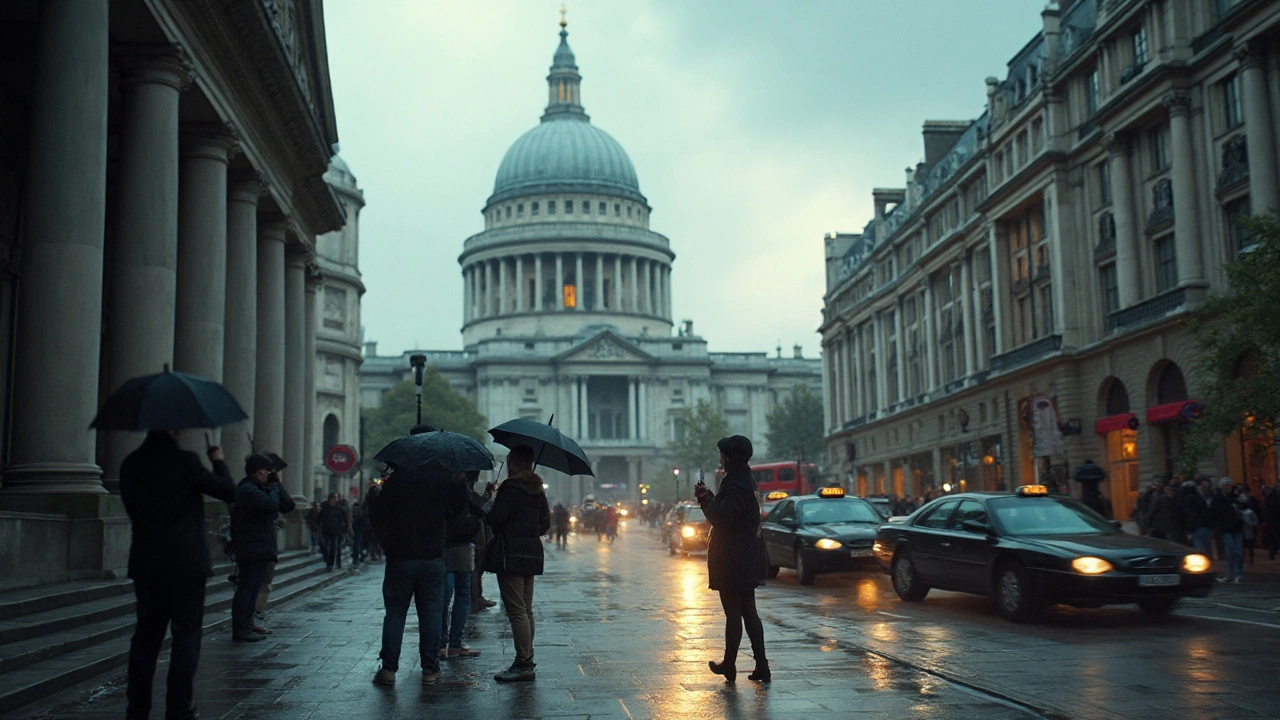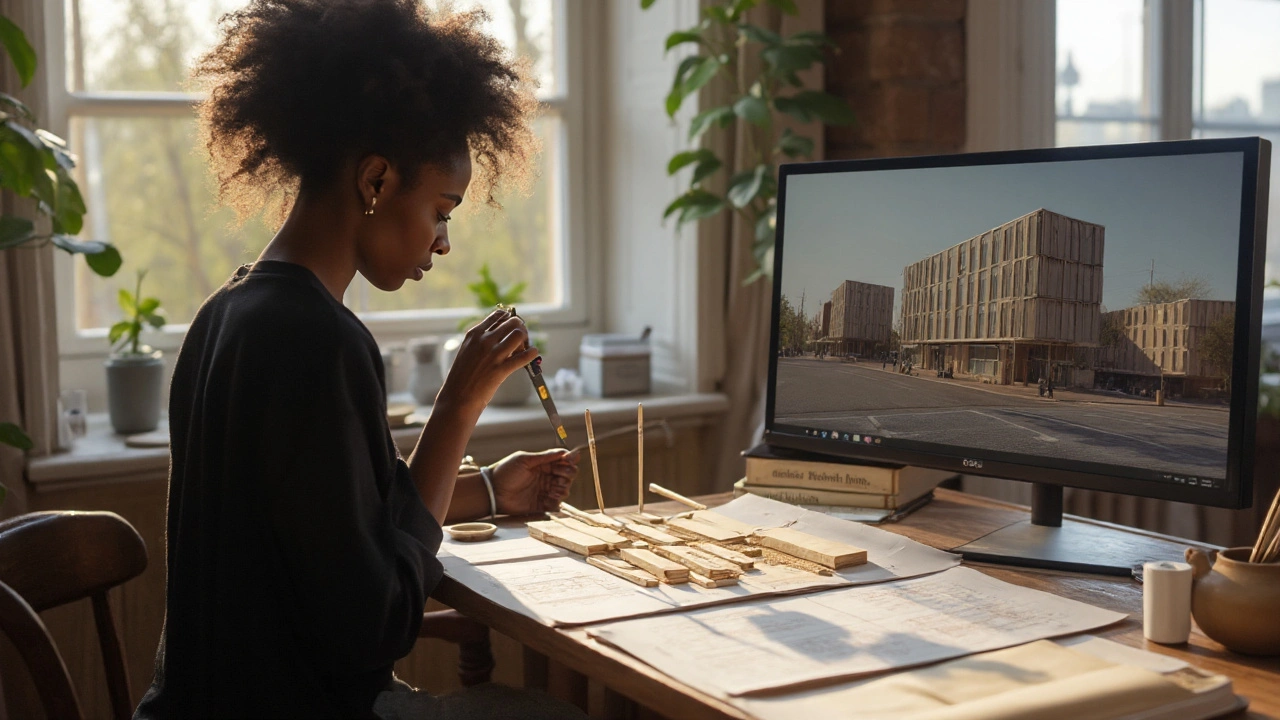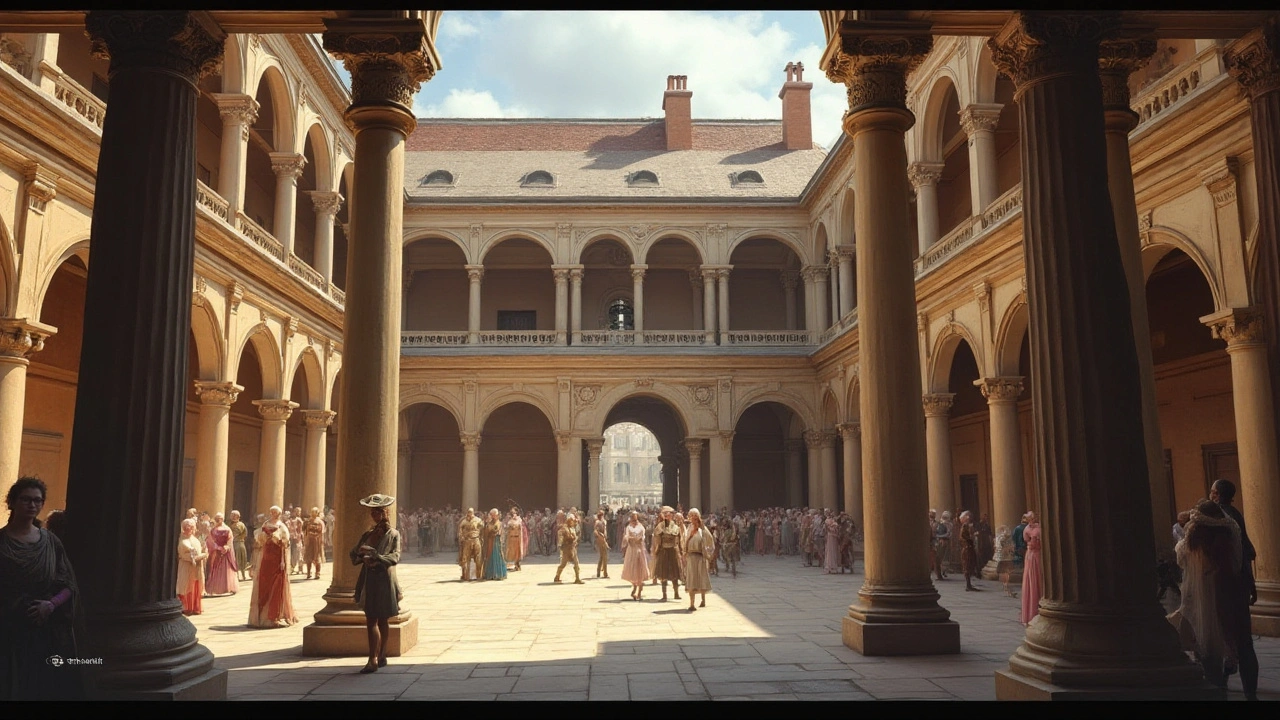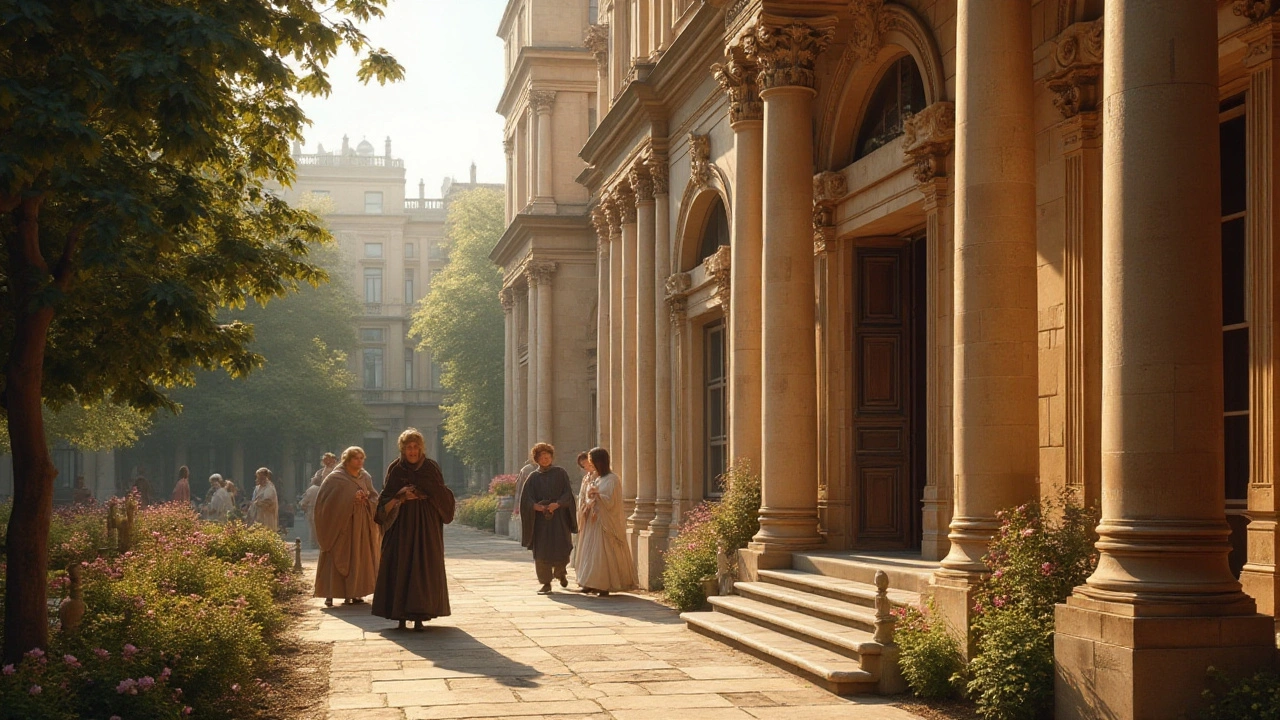Renaissance Architecture: What to Look For
What if I told you Renaissance architecture was a deliberate comeback of classical rules — used to show power, taste, and control? That’s exactly what happened in 15th–16th century Italy. Wealthy patrons and civic leaders hired architects who borrowed Roman ideas and made them feel new again.
Renaissance buildings favor balance and clear geometry. If a façade looks measured, calm, and symmetrical, you’re probably looking at a Renaissance idea. Architects used columns, pilasters, semicircular arches, domes, and triangular pediments — all arranged with simple math so windows, doors, and cornices line up like a tidy grid.
Key features to spot
Start with proportion: windows and openings follow a repeated ratio. Look for classical orders — Doric, Ionic, Corinthian — used in predictable ways, often stacked by floor. Find round arches and barrel vaults rather than pointed Gothic arches. Domes are a big clue (think Brunelleschi in Florence). Also watch for rusticated ground floors on palaces and a clear piano nobile level where the main rooms sit.
Details matter: framed doorways with pediments, evenly spaced pilasters, and horizontal string courses that divide a building into neat bands. Interiors favored orderly columns, coffered ceilings, and geometric floor patterns. Unlike Gothic clutter, Renaissance spaces feel human-scale and measured.
Where to see it and why it mattered
Florence is the obvious classroom: Brunelleschi’s dome on the cathedral and the palaces around Piazza della Signoria teach the basics. Rome adds the grandeur — churches and papal projects pushed classical scale even further. Venice and the Veneto show a different side: Palladio’s villas mix classical rules with local materials and unexpected harmony.
Why did it matter? Renaissance design turned architecture into a language of authority. Popes, princes, and merchants used classical order to signal control and sophistication. That message stuck: later revival styles and city planning kept borrowing Renaissance ideas for public buildings, banks, and grand homes.
Want quick travel or spotting tips? On the street, check alignment: are windows stacked in vertical lines? Count the bays — regular repetition often means Renaissance planning. Inside museums or palaces, watch for mathematical decoration like coffered domes or geometric floor mosaics. On a renovation, use balanced window placement and a clear cornice to nod to Renaissance style without copying a palace.
If you want more context, read site pieces like “Renaissance Architecture: Power, Wealth, and the Stories Told in Stone” and “Renaissance Unpacked: A Real Look Back in Time.” They give historical stories and practical examples you can spot on a walk or use in a design project.
Spotting Renaissance architecture gets easier each time you look. Focus on proportion, classical details, and calm repetition — and you’ll start recognizing the influence everywhere, from city halls to modern revival homes.

How Renaissance Architecture Shapes Modern Design and Cities Today
What survives from Renaissance architecture today? Clear principles, modern examples, and a cheat sheet to spot it in buildings, squares, and skylines.
Read more
Reviving the Renaissance: How Renaissance Architecture Shapes Modern Design Today
A clear, practical guide to how Renaissance ideas-proportion, symmetry, order-shape modern architecture, with examples, checklists, and step-by-step tips.
Read more
Renaissance Architecture: Shaping Modern Aesthetic and Function
Renaissance architecture marked a pivotal point in building design and aesthetic with a focus on symmetry, proportion, and geometrical clarity. Emerging in 15th century Italy, this architectural style drew inspiration from the classical elegance of Roman structures blended with the needs of the time. Notable for innovations like the use of columns, pilasters, and domes, it not only influenced European cities but also set the foundation for architectural practices worldwide. Understanding its essence provides insight into how it continues to shape modern spaces.
Read more
Exploring Renaissance Architecture: The Art of Enlightenment and Innovation
Renaissance architecture, emerging in the 14th century, marks a revival in classical learning and wisdom. This article navigates through its unique features, historical context, and notable examples, offering insights into an era where beauty and intellect were gloriously intertwined.
Read more